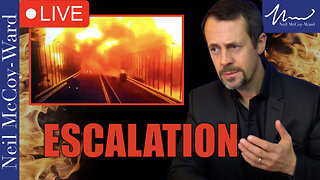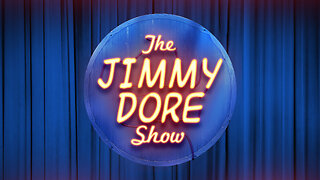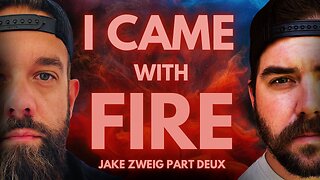Moon Phases 2021 – Northern Hemisphere – 4K
Of course! Here are explanations for some terms related to the phases of the moon:
1. **New Moon**: This occurs when the moon is positioned between the Earth and the Sun, with the side of the moon that is illuminated by the Sun facing away from Earth. As a result, the moon appears mostly dark and is not visible from Earth.
2. **Full Moon**: A full moon occurs when the Earth is positioned between the Sun and the moon, causing the entire illuminated side of the moon to be visible from Earth, giving it a round and bright appearance.
3. **Waxing Crescent**: This phase occurs just after the new moon, when a small sliver of the moon becomes visible from Earth. The illuminated portion is increasing ("waxing") towards a full moon.
4. **First Quarter (Half Moon)**: In this phase, exactly half of the moon's illuminated side is visible from Earth. It occurs when the moon has completed about a quarter of its orbit around the Earth.
5. **Waxing Gibbous**: This phase comes after the first quarter, and it's when more than half but not yet fully illuminated side of the moon is visible. The brightness is increasing ("waxing") towards the full moon.
6. **Last Quarter (Half Moon)**: Similar to the first quarter, this phase occurs when exactly half of the moon's illuminated side is visible from Earth. However, it's the opposite half illuminated compared to the first quarter.
7. **Waning Gibbous**: This phase follows the last quarter, and it's when more than half but not yet fully illuminated side of the moon is visible. The brightness is decreasing ("waning") from the full moon.
8. **Crescent Moon**: Occurring just before and after the new moon, this phase is characterized by a thin, curved sliver of the moon's illuminated side being visible from Earth.
9. **Gibbous Moon**: Similar to the crescent phase, a gibbous moon is when more than half but not fully illuminated side of the moon is visible.
10. **Lunar Eclipse**: This occurs when the Earth passes between the Sun and the moon, casting a shadow on the moon. It can only happen during a full moon, resulting in a
-
 1:06:23
1:06:23
Steve-O's Wild Ride! Podcast
2 days agoAdam Ray Is Hilarious As Dr. Phil - Wild Ride #228
9.24K9 -
 2:26:22
2:26:22
LumpyPotatoX2
2 hours agoFortnite on Rumble- #RumbleTakeover
18.7K1 -
 LIVE
LIVE
Gun Owners Of America
4 hours agoGOALS 2024 | DAY 1
877 watching -
 15:15
15:15
Neil McCoy-Ward
1 hour ago🔥 Time's Almost Up… 🔥
7.86K9 -
 2:20:49
2:20:49
The Jimmy Dore Show
21 hours agoRumble Time Live Panel Show w/ Jimmy Dore & Special Guest Alex Jones!
246K592 -
 LIVE
LIVE
Crime Circus
22 hours agoSerial KlLLer INTERROGATION!! Gary Muehlberg Interview - Police True Crime Documentary
713 watching -
 25:42
25:42
Brewzle
1 day agoI Found Some Surprising Gems Bourbon Hunting in Elizabethtown, KY
57.8K14 -
 1:02:48
1:02:48
Talk Nerdy 2 Us
1 day agoMassive Data Breach, Trump's Hacker, Kamala's Shocking Ads, and DNC Protests Ready to Explode
46K14 -
 58:49
58:49
The Gun Collective Podcast
23 hours agoNEW 2A group comes out SWINGING - The Gun Collective Podcast 130
50.1K6 -
 1:38:38
1:38:38
I_Came_With_Fire_Podcast
1 day agoBuilding Strong Generations with Navy SEAL Jake Zweig (Part 2)
47.8K9